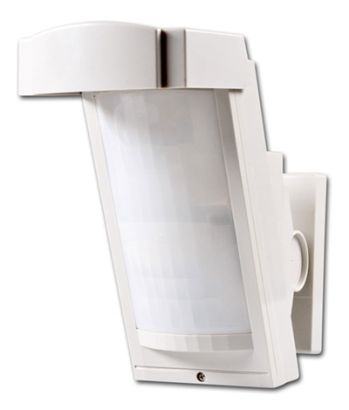Jablotron JA-158P wireless outdoor PIR detector (dual zone)
The Jablotron JA-158P is a dual-zone outdoor wireless motion detector and has an Optex sensor and transmitter.
Communication range is 300m, detection range 12m.
The JA-158P is a dual-zone outdoor wireless motion detector and has an Optex sensor and transmitter. Communication range is 300m, detection range 12m, 2 tamper sensors, front and back. Three AA batteries (3.6V lithium) are needed.
Detailed description
The JA-188P wireless PIR detector is designed to indicate disturbance outside the building caused by human bodies. The optical part of the detector has 2 PIR sensors with non-overlapping 94 zone detection, a high immunity to false alarms and the detection of small animals.Both the detector and the transmitter are powered by three lithium batteries. Both devices have a common power supply and the low battery signal is transmitted to an ESS control panel as a standard. The detector is equipped with two TAMPER contacts (front and rear), which immediately report opening of the detector cover or its possible tearing from the place of installation. The detector regularly performs automatic tests and reports its status via control transmissions to the system.








